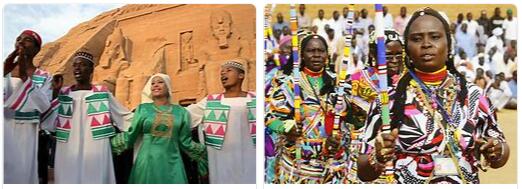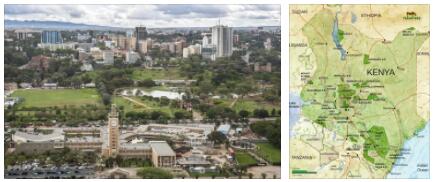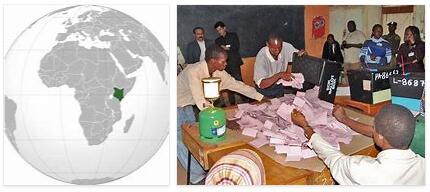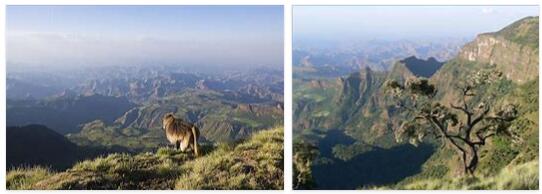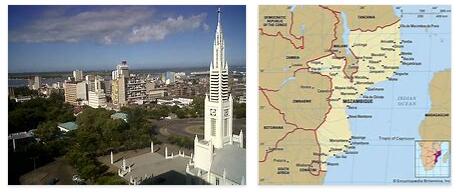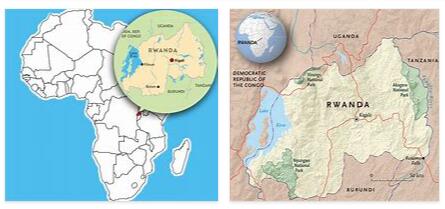Sudan Population and Society
Population and society The complex ethnic, linguistic and religious identity of Sudan is combined with a young population and in strong growth, which according to 2012 estimates would have reached almost 38 million. The Arabs, descendants of the ancient conquerors, are the most important group and constitute 70% of the population. They are mainly concentrated… Read More »
